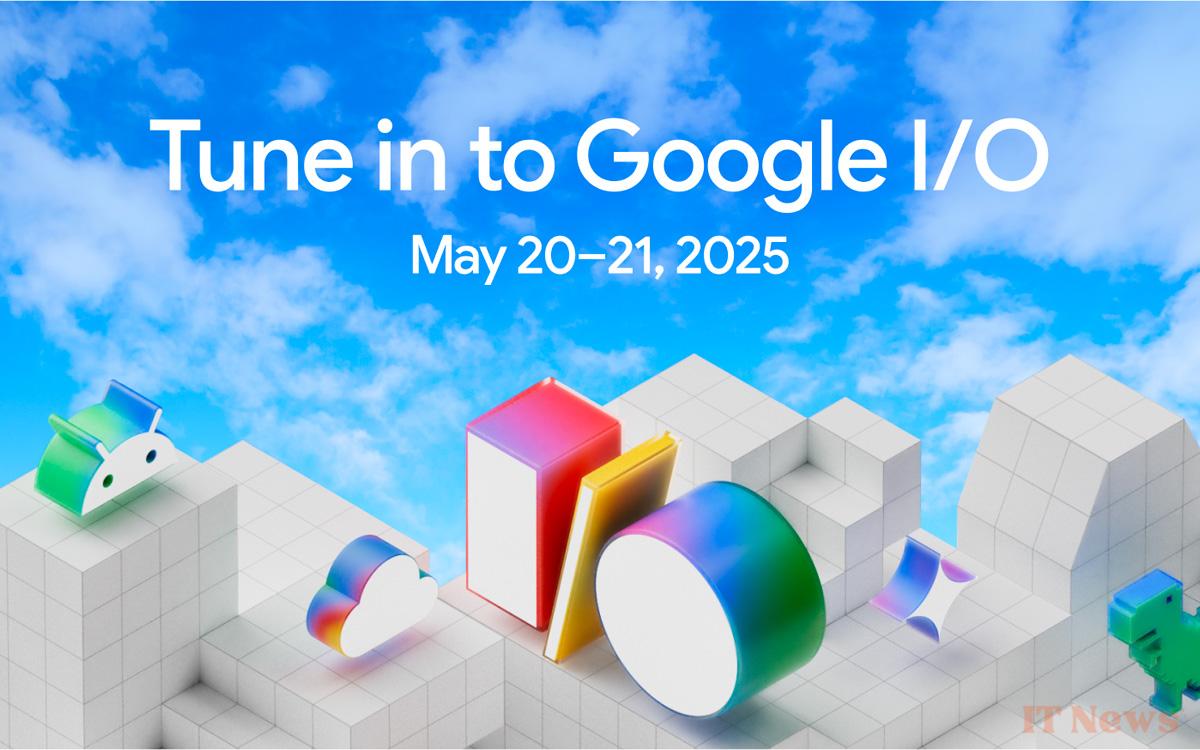Google's annual conference returns in May with an avalanche of new features in the pipeline. Android, artificial intelligence, and mixed reality will be at the heart of the announcements. The event promises to be a key moment for the coming months.
Every year, the Google I/O conference allows the Mountain View company to unveil its major new features. Initially intended for developers, it has become a major event for tracking the evolution of the entire Google ecosystem. The 2025 edition will take place on May 20 and 21. On this occasion, the company will present the future versions of its services, its advances in artificial intelligence, and its strategy for new platforms. The program promises to be packed and potentially rich in concrete announcements this year. Android 16 should logically occupy a prominent place at the event. A preliminary version of the system is already available to developers, but Google is expected to reveal more during its keynote. Android has now established itself in several device categories: smartphones, tablets, smartwatches, televisions, cars, and more recently mixed reality devices. The announcement of a finalized version of Android XR, designed for these immersive headsets, is eagerly awaited.
The Google I/O 2025 conference promises a busy program
Artificial intelligence will also occupy a central place. The Gemini model, already integrated into Gmail, Google Docs, and Photos, could be enriched with new capabilities. More intuitive tools, capable of generating or modifying text, images, or videos, are expected. At the same time, Google is expected to introduce an evolution of its design language: Material 3 Expressive. This new graphic style aims to make interfaces more flexible, more dynamic and suitable for all screens.
Finally, Google could take advantage of the conference to unveil its first devices compatible with Android XR. This is a version of the Android system designed for mixed reality headsets, combining virtual reality and augmented reality. This platform has been mentioned at several times, but still remains very mysterious. Faced with competitors like Apple with the Vision Pro or Meta with its Ray-Ban glasses, which have just received an update integrating new AI and visual recognition functions, the company must now show a concrete response. I/O 2025 could mark the beginning of its hardware strategy in this still emerging field.




0 Comments